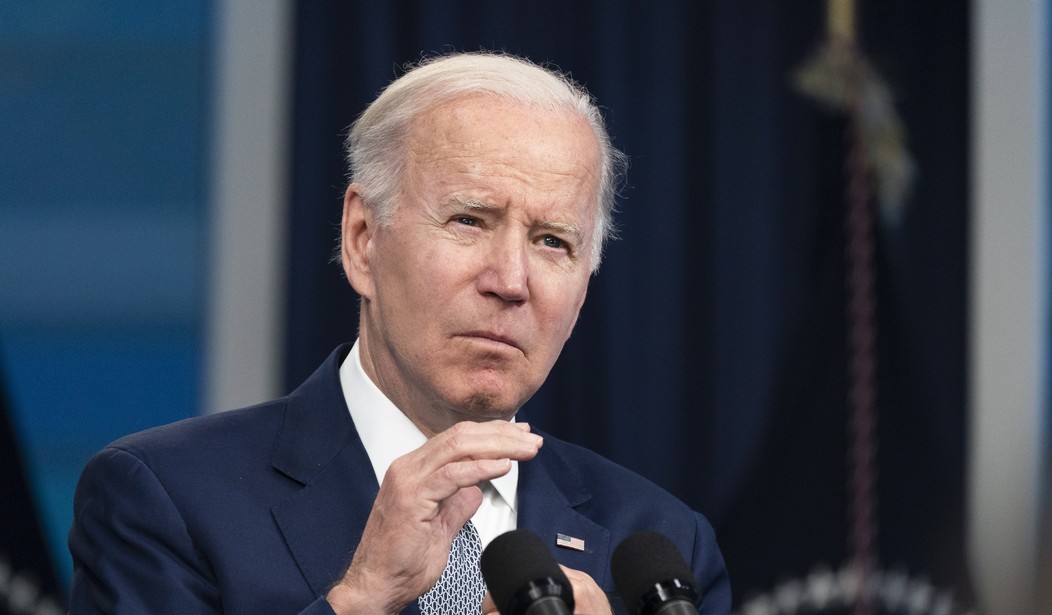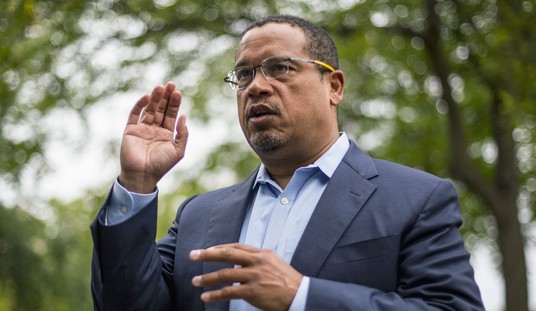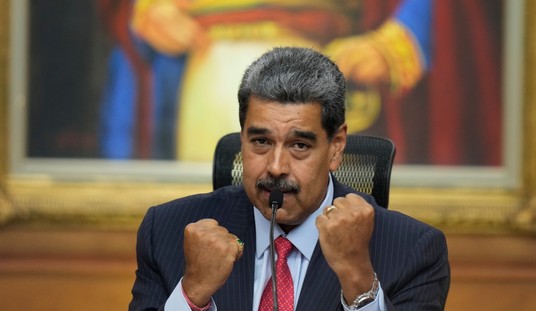Yesterday Joe Biden wrote a piece for the Wall Street Journal about his plans to fight inflation. It’s was a strange combination of self-praise and finger-pointing: [emphasis added]
In January 2021, when I took office, the recovery had stalled and Covid was out of control. In less than a year and a half, my administration’s economic and vaccination plans helped achieve the most robust recovery in modern history. The job market is the strongest since the post-World War II era, with 8.3 million new jobs, the fastest decline in unemployment on record, and millions of Americans getting jobs with better pay…
The most important thing we can do now to transition from rapid recovery to stable, steady growth is to bring inflation down. That is why I have made tackling inflation my top economic priority. My plan has three parts:
First, the Federal Reserve has a primary responsibility to control inflation. My predecessor demeaned the Fed, and past presidents have sought to influence its decisions inappropriately during periods of elevated inflation. I won’t do this.
There are lots of threads to pull on here but start with the fact that the overheating economy is one of the reasons we have an inflation problem. By praising the rising wages (“Americans getting jobs with better pay”) Biden is praising one of the drivers of inflation that will almost certainly consume all of those gains over time.
When it comes to his plans for fighting inflation, step one for Biden is pointing the finger at someone else. CNN Business published an analysis piece today pointing out that this makes no sense except as a kind of political theater.
President Joe Biden will meet with Federal Reserve Chair Jerome Powell Tuesday in a kind of performative politics that will almost certainly do nothing to help Americans better afford everyday items…
- He wants to show Americans that he’s taking action on inflation.
- He wants to deflect responsibility and make clear that the other guy is in charge…
…you usually don’t start your plan by saying, “This is my biggest priority” immediately followed by “Which is why I’m letting those guys over there to handle it.”
Biden is basically correct that, at this point, there’s not much he can do about inflation. We’re going to go through months of the Fed raising interest rates in an attempt to bring it under control and there’s a fairly good chance that will result in a recession. But just because there’s not much Biden can do now doesn’t mean his administration isn’t at least partly at fault. Today the Washington Post published a timeline showing how we got where we are. It doesn’t reflect very well on the Biden administration or the Democratic Party.
February 2021:
In the State Dining Room of the White House on Feb. 5, President Biden argues that the U.S. economy faces a bigger risk from doing too little to fight the downturn than doing too much. His administration had been pushing a large stimulus plan intended to reduce unemployment, inject new firepower into the anemic job marketand quickly grow the economy. “If we make these investments now, with interest rates at historic lows, we’ll generate more growth, higher incomes, a stronger economy, and our nation’s finances will be in a stronger position as well,” Biden says. “So, the way I see it: The biggest risk is not going too big, if we go — it’s if we go too small.”
March 2021:
On March 11, Biden signs into law a $1.9 trillion economic relief plan, the American Rescue Plan, that had been passed by Congress only with Democratic votes. Despite united GOP opposition and warnings from some centrist economists, Democrats approve hundreds of billions of dollars in new stimulus checks, state aid, extended unemployment benefits and a host of other measures…
Three days later, the Biden administration’s top economic thinker downplays the potential danger of rising prices. “Is there a risk of inflation? I think there’s a small risk,” Treasury Secretary Janet L. Yellen says on ABC’s “This Week.” “So I don’t think it’s a significant risk.”…
Not everyone is convinced. In a March 15 op-ed in The Washington Post, former Obama White House economic adviser Lawrence H. Summers criticizes the Fed and predicts “stagflation and recession” in 2022.
And from that point on we begin a slow process of the administration coming to terms with reality. In May, Yellen suggests interest rates may need to rise. In June she warns inflation could hit 3 percent but the word “transitory” is being used a lot.
July 2021:
On July 19, he acknowledges that “we’ve seen some prices increases” but dismisses the views of economists who think the problem amounts to a more serious threat. “Some folks have raised worries that this could be a sign of persistent inflation. But that’s not our view. Our experts believe and the data shows that most of the price increases we’ve seen are — were expected and expected to be temporary,” Biden says.
By November it’s clear that inflation is a real problem. Biden signs the bipartisan $1.2 trillion infrastructure bill and he and most of his party continue pushing for a much larger Build Back Better bill which if passed would spend another $3.5 trillion.
December 2021:
Inflation data released on Dec. 10 shows a 6.8 percent increase compared to the year before, the largest jump since 1982. Prices are up in just about every sector, from pork, poultry and produce, to housing and sporting goods. Biden touts his Build Back Better social spending bill as a way to help families keep up with rising prices, but Republicans say the administration’s economic policies are causing, not easing, inflation.
There’s a lot more, including the invasion of Ukraine in February of this year which helped spike energy prices. But looking back it’s clear that the Biden administration and most of the Democratic Party were eager to spend and keep spending even months after concerns had been raised about rising inflation. While it’s true that fighting inflation is largely the Fed’s job it’s also true that Biden and his party downplayed the threat longer than they should have. It’s too late for Biden to get us out of this he is one of the reasons we’re here.








Join the conversation as a VIP Member